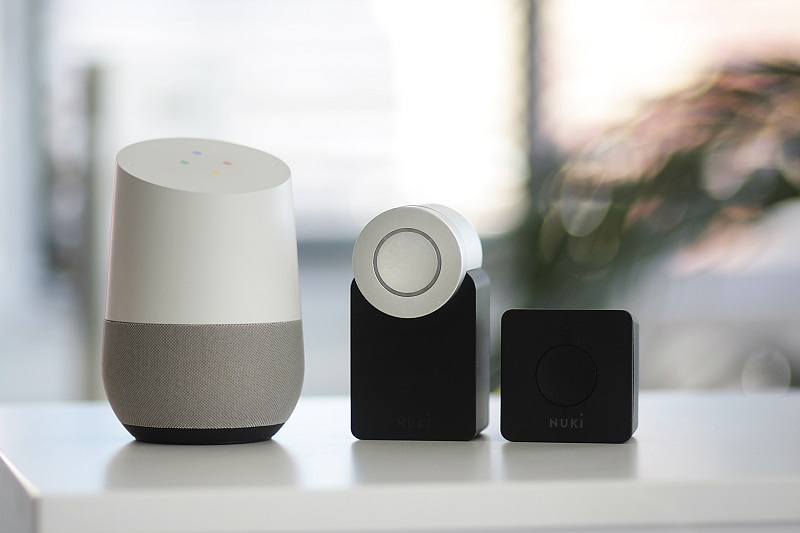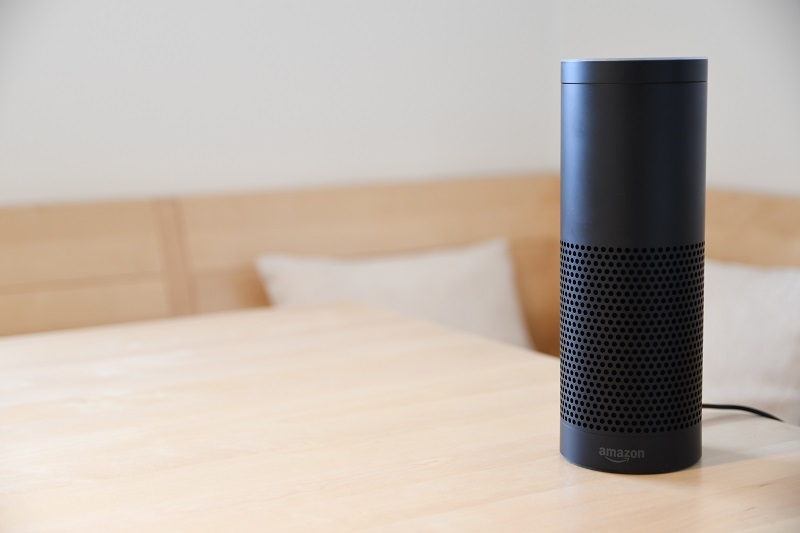Let’s take a look at exactly what zero UI is, and how it could potentially change the design landscape.
What is zero UI?
To better understand the term, we first ought to look at UI design itself. User interaction, or interaction design, is all about understanding how people interact with screens – namely, computer screens. This has now adapted to include different screen types and different devices, but the mission is still the same.
“Zero UI” is all about using sensory experiences (gestures, movement, voice) to trigger a particular reaction from a device. It’s a term that was coined by Andy Goodman, back when he was Director of agency Fjord, and it’s been picked up across the design community.
Essentially, it’s about designing for technology that’s not only hands-free but screen-free too – entering into a whole new world of seamless interaction.
Zero UI goes hand-in-hand with AI
Smart AI devices are now an everyday commodity, and machine learning plays a key role in the functionality of zero UI. AI is all about breaking down barriers and understanding what we as users want, then learning from that to provide it faster and better than before, sometimes before we even know what we want ourselves.
You only need to look at all the big tech giants to see it (kind of) in action: Amazon, Google and Apple all invest heavily in their respective voice assistants, which is unwritten proof that we should be taking it seriously.

The benefits of zero UI
The potential benefits of zero UI devices could be significant, particularly when it comes to accessibility. People with disabilities would be able to use such technology to greatly support them in their everyday lives, whether they’re visually impaired, deaf or have mobility issues. The older generation could also benefit, having perhaps previously been put off using technology due to the complexity.
It also allows for a bit more freedom, for users to engage with the things that are truly useful to them while removing all of the extra complexity that many devices can bring with them.
If you want to learn more about how you can reach customers using UI-less devices, such as with voice search, you can read our white paper here.
The future of UI design, and what it means for designers everywhere
You might now be asking “does this mean all UI designers are out of a job?” And the answer is no, probably not! There may be a shift in the way they work, though. All designers will likely need to consider using different tools in order to design for this; where traditionally we have used Photoshop, Indesign and Sketch, now we may need to incorporate data analysis into the process (and spent a little more time in spreadsheets!)
Andy Goodman even went as far as to say that “Designers will have to become experts in science, biology, and psychology” – so it’s all about broadening skill sets, thinking differently and building things in a non-linear way.
But ultimately, people will continue to use screens, even if not quite for the same things as they traditionally used to. They’ll still read on them, and watch videos, so there’s no huge concern that this will be wiped out completely.

User-focused principles
Of course, this is all pretty much just speculation at this point. As of yet, nothing has really emerged to progress the concept further (even though the hype has been around for a while), but it’s definitely something to keep an eye out for in the near future.
I’ll round things off by saying that when you think about the concept as a whole, and what it’s trying to achieve, it’s not so alien after all. When you really get down to the crux of zero UI, it’s all about focusing efforts on the user, not the devices that they’re using. And this is how good designers should be approaching everything they do. It’s certainly how we try to work as a design team at Hallam; user experience needs to shine through, and the rest will follow.
You can read more of our web design blogs here.







